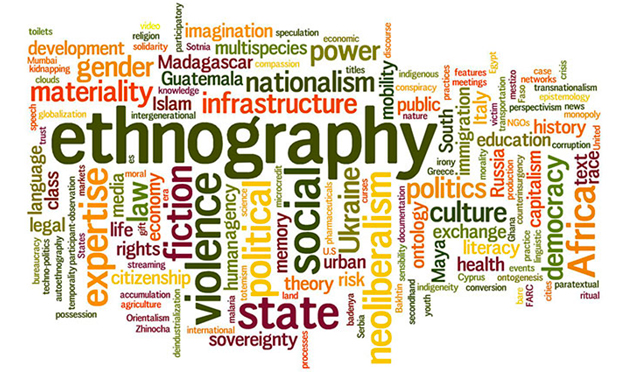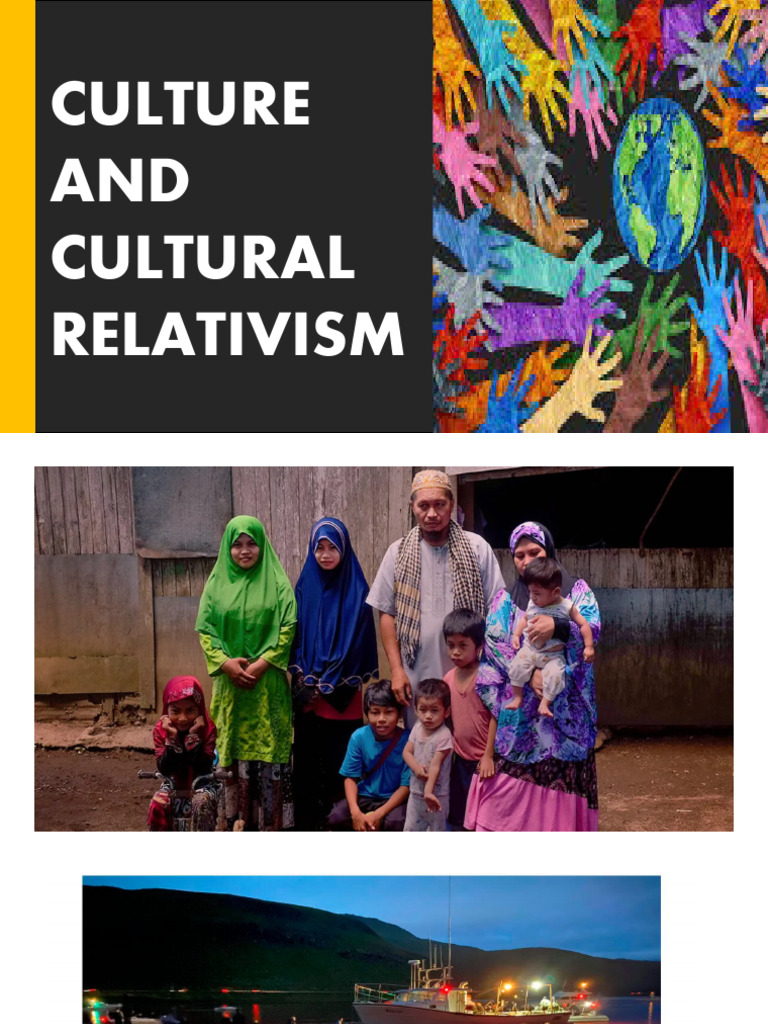outline the sapir-whorf hypothesis
The Sapir-Whorf Hypothesis, originating from the linguistic theories of Edward Sapir and Benjamin Lee Whorf, posits that the structure of a language significantly influences or even determines the worldview of its speakers. This hypothesis is divided into two central tenets: linguistic determinism and linguistic relativity. While the former suggests that language restricts thought, the latter … Read more









